Red Orchestra 2: Heroes of Stalingrad hands-on
Grain Elevator is one of the most detailed, massive multiplayer levels I've played in a shooter. While writing our preview, I learned that the eight-story tower was not only a notable war landmark, but that members of Tripwire were the first westerners allowed to visit the site since 1943. Aside from modest tweaks to the landscape to balance the game setting, Tripwire took nearly a year to meticulously recreate the site.
Alan Wilson, VP at Tripwire, shared some historical details won from his visit: "The building was actually only brought into operation in 1941, so only had one year functioning before the Germans beat the crap out of it. The Germans initially drove right by the elevator, ignoring it, which allowed the Soviets to reoccupy it and turn it into a concrete fortress. Then they spent about five days trying to clear it. There are records of a prolonged argument between the infantry commander on the ground and the commander of 24th Panzer Division's Flak Battalion. The infantry wanted the flak to use their 88s to punch holes in the building—the flak commander said it was pointless. In the end he gave up, fired off about 100 rounds—and probably didn't kill a single Russian.
And: "The initial defenders were reinforced by sailors from the Volga Flotilla ( not marines). There is now a dirty, great monument to them outside the building. You can still see where the Russians patched up the shell and bullet holes in the building—it was obviously a cheap job. In reality, the stair-case and side building on the south-west corner had collapsed under the shelling and bombing, making it even more difficult for the Germans to dig the defenders out—but we've left that section intact to make it a little more playable!"
Scroll below for a stack of reference photos directly from Tripwire. Spy a video of the grain elevator site here .
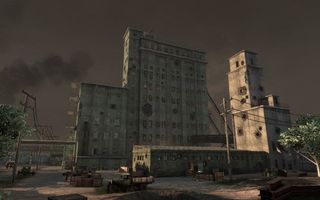

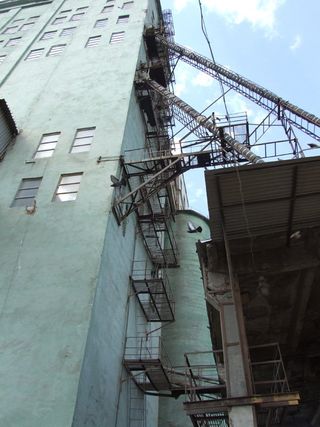
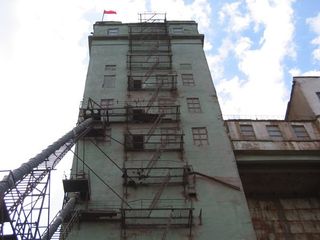
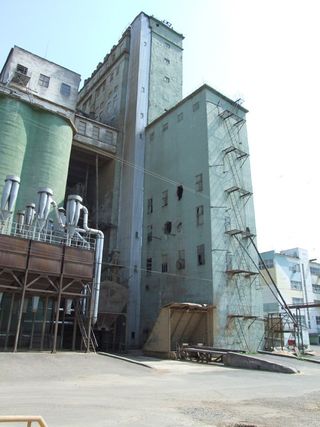
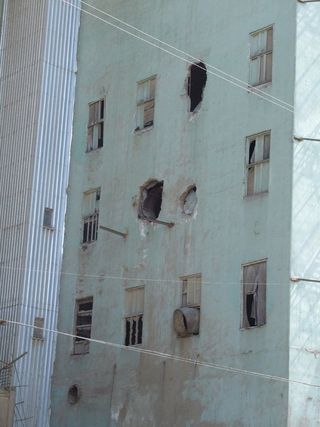

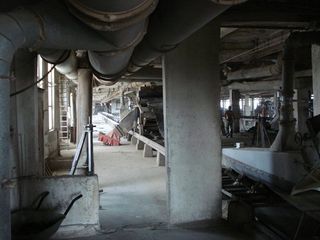
Additional information on Red Orchestra 2 can be found on the game's website and Steam page .
PC Gamer Newsletter
Sign up to get the best content of the week, and great gaming deals, as picked by the editors.

Evan's a hardcore FPS enthusiast who joined PC Gamer in 2008. After an era spent publishing reviews, news, and cover features, he now oversees editorial operations for PC Gamer worldwide, including setting policy, training, and editing stories written by the wider team. His most-played FPSes are CS:GO, Team Fortress 2, Team Fortress Classic, Rainbow Six Siege, and Arma 2. His first multiplayer FPS was Quake 2, played on serial LAN in his uncle's basement, the ideal conditions for instilling a lifelong fondness for fragging. Evan also leads production of the PC Gaming Show, the annual E3 showcase event dedicated to PC gaming.
Most Popular

